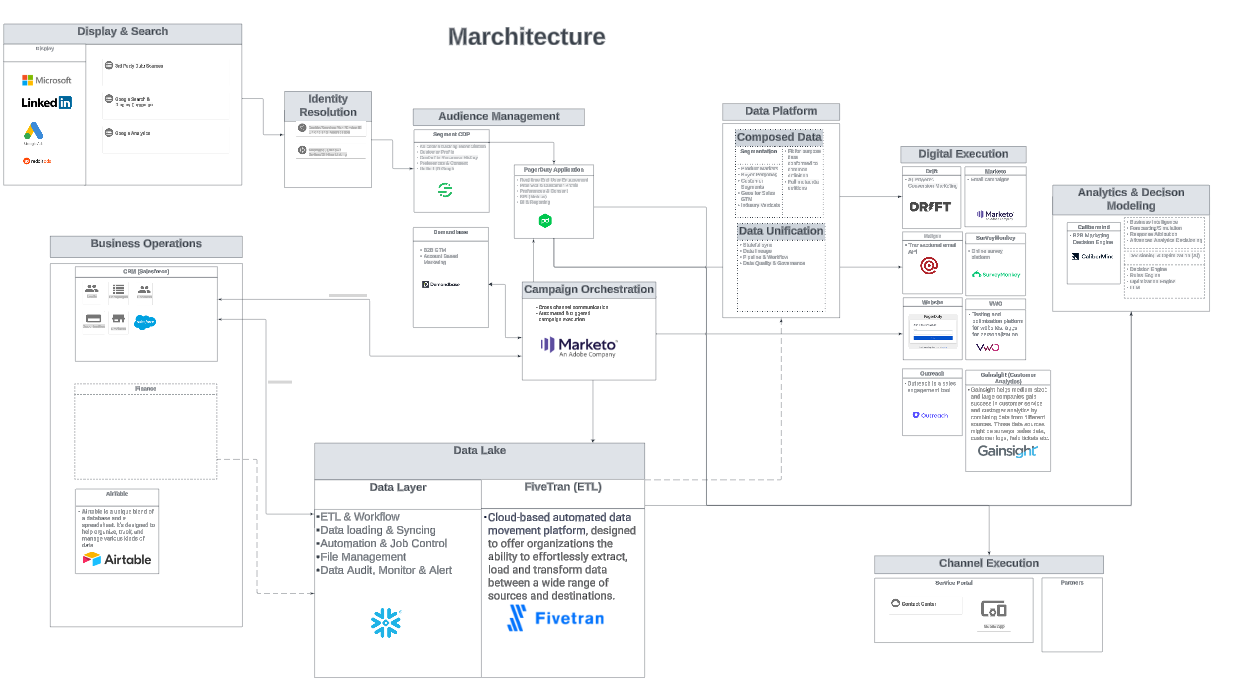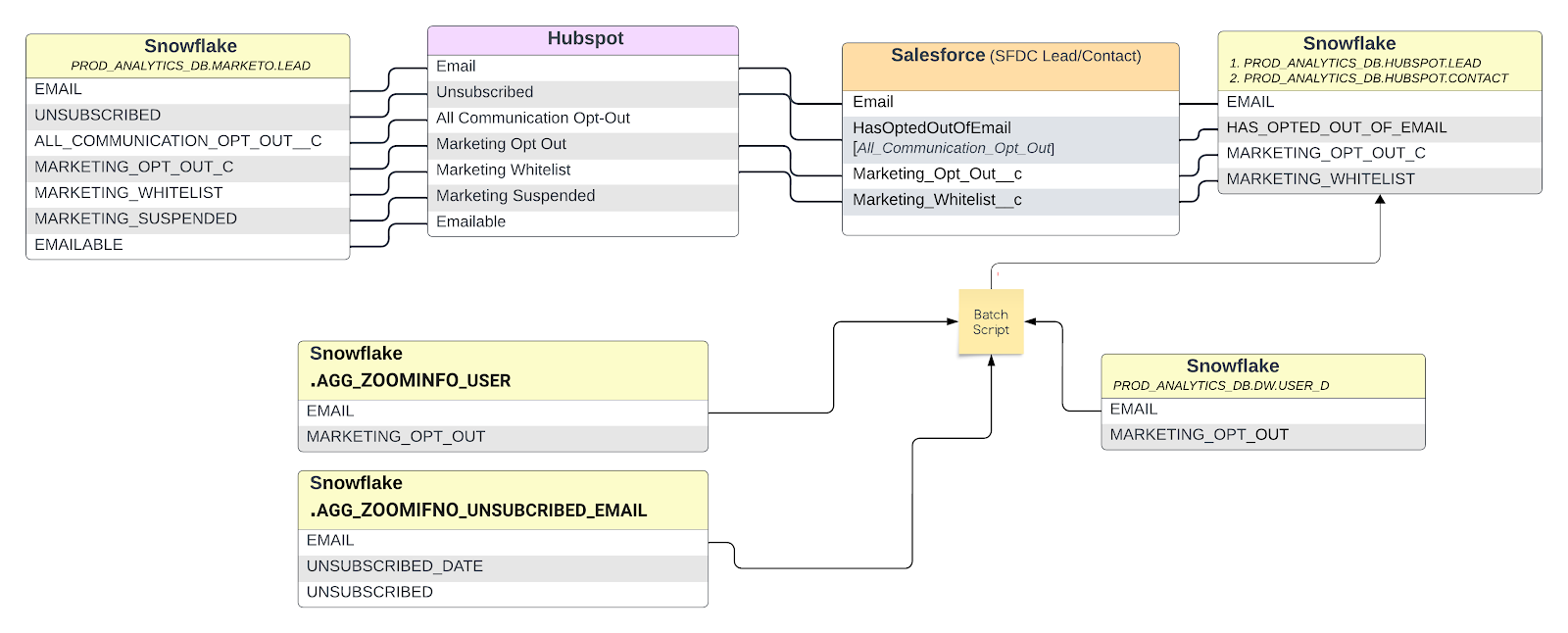Fixing Email Compliance Gaps
Email privacy and compliance remain major concerns for many organizations. Non-compliance can cost companies hundreds of thousands of dollars. Even after numerous projects involving marketing automation platforms that unify communications, preferences, and workflow rules, legal teams often worry that their organizations are just one step away from non-compliance. In a recent project, the legal team's concern was clear: “We suspect there’s more happening outside our control when it comes to emailing prospects or clients, and we want to ensure compliance.”
This request, though simple, is broad. The only way to address it is to fully understand all systems that generate emails. In addition, for compliance with regulations like GDPR, we need to identify anywhere the email address and associated PII is stored, including applications and files that do not send email. We have also found that it is common for different applications to have different, and sometimes multiple ways of storing email preferences. For example, one application might have “unsubscribed” and “opt-in” boolean fields while another may have only “do not contact”. A mapping between these different representations need to be defined to ensure that there is a consistent, global interpretation of a visitor’s preference. If you're facing a similar challenge, here's how we approached it.
We created a “marchitecture” map of all the go-to-market (GTM) systems and their connections. This helped us identify systems that weren’t initially listed as sources of communications. After several revisions, we finally had a comprehensive map, with some areas still in the process of being integrated into the ecosystem.
Through this mapping, we identified gaps where data from one system wasn’t syncing with the marketing automation platform or CRM. It’s common for all endpoints to send data to the warehouse, but that data doesn’t always make it back to the applications.
We examined the data schema across the grouped applications and found tables that weren’t being carried over. This gap was where individual preferences weren’t being properly shared. While the systems were technically integrated, the individual fields weren’t correctly mapped—or weren’t mapped at all. It’s easy to say systems are “integrated,” but the details matter. Once we identified this, the fixes were straightforward.
Ultimately, this process uncovered many overlooked or misunderstood aspects of the systems. It laid a solid foundation for more effective conversations and projects, as most of the GTM systems were thoroughly covered.



